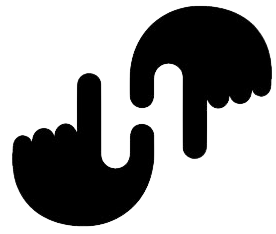What instrument has a conical bore?
Here are some examples of conical bore instruments: cornet, flugelhorn, French horn, euphonium, and tuba.
What is conical bore in wind instrument?
Conical Bore This is where the bore is cone shaped and the diameter gradually increases throughout the entire length of the tubing, providing a much fuller/warmer sound than a cylindrical bore. This bore is found on French Horns and most Brass Band instruments such as Cornets, Euphoniums and Tubas.
What is the difference between a conical bore and a cylindrical bore?
What is the difference between conical and cylindrical bores? A cylindrical bore has the same diameter throughout; a conical bore tapers slightly to the end. The conical bore instrument, however, has a more consistent and full-bodied tone quality.
Is the bassoon conical or cylindrical?
The flute (top) and clarinet (middle) are nearly cylinders. The oboe (right) is nearly conical (as are the saxophone and bassoon).
What are two types of bores?
The cone and the cylinder are the two idealized shapes used to describe the bores of wind instruments.
What type of bore does a horn have?
The bore (which is the cylindrical tubing of a brass instrument) is generally between . 468 and . 472 inch for all horns and bells are usually right around 12 inches in diameter.
What is the rarest woodwind instrument?
The contrabass flute is one of the rarer members of the flute family.
What is the bore on an instrument?
In music, the bore of a wind instrument (including woodwind and brass) is its interior chamber. This defines a flow path through which air travels, which is set into vibration to produce sounds. The shape of the bore has a strong influence on the instrument’s timbre.
What is the weirdest brass instrument?
Unusual Instruments
- Brass.
- Serpent.
- Didgeridoo.
- Alphorn.
- Shofar.
What’s the rarest instrument?
Hydraulophone
Hydraulophone. The hydraulophone is one of the rarest musical instruments in the world. This instrument is a sensory device that is primarily designed for low vision musicians. This tonal acoustic instrument is played by direct contact with water or other fluids.
How is the conical bore of a woodwind instrument made?
Conventionally, the conical bore of a woodwind instrument is made by first boring a cylindrical hole in a billet of wood, and then by enlarging the hole to the desired size and longitudinal profile using a shaped reamer which also imparts the final surface finish.
What’s the difference between a conical and cylindrical tuba bore?
This is where the bore is cone shaped and the diameter gradually increases throughout the entire length of the tubing, providing a much fuller/warmer sound than a cylindrical bore. This bore is found on French Horns and most Brass Band instruments such as Cornets, Euphoniums and Tubas.
How does the bore of a woodwind instrument affect the voice?
Woodwinds. Although the bore shape of woodwind instruments generally determines their timbre, the instruments’ exterior geometry typically has little effect on their voice. In addition, the exterior shape of woodwind instruments may not overtly match the shape of their bores. For example, while oboes and clarinets may outwardly appear similar,…
How are cone and cylinder used to describe wind instruments?
The cone and the cylinder are the two idealized shapes used to describe the bores of wind instruments. Instruments may consist of a primarily cylindrical tube ending in a “flare” or ” bell “. These shapes affect the prominence of harmonics associated with the timbre of the instrument.
